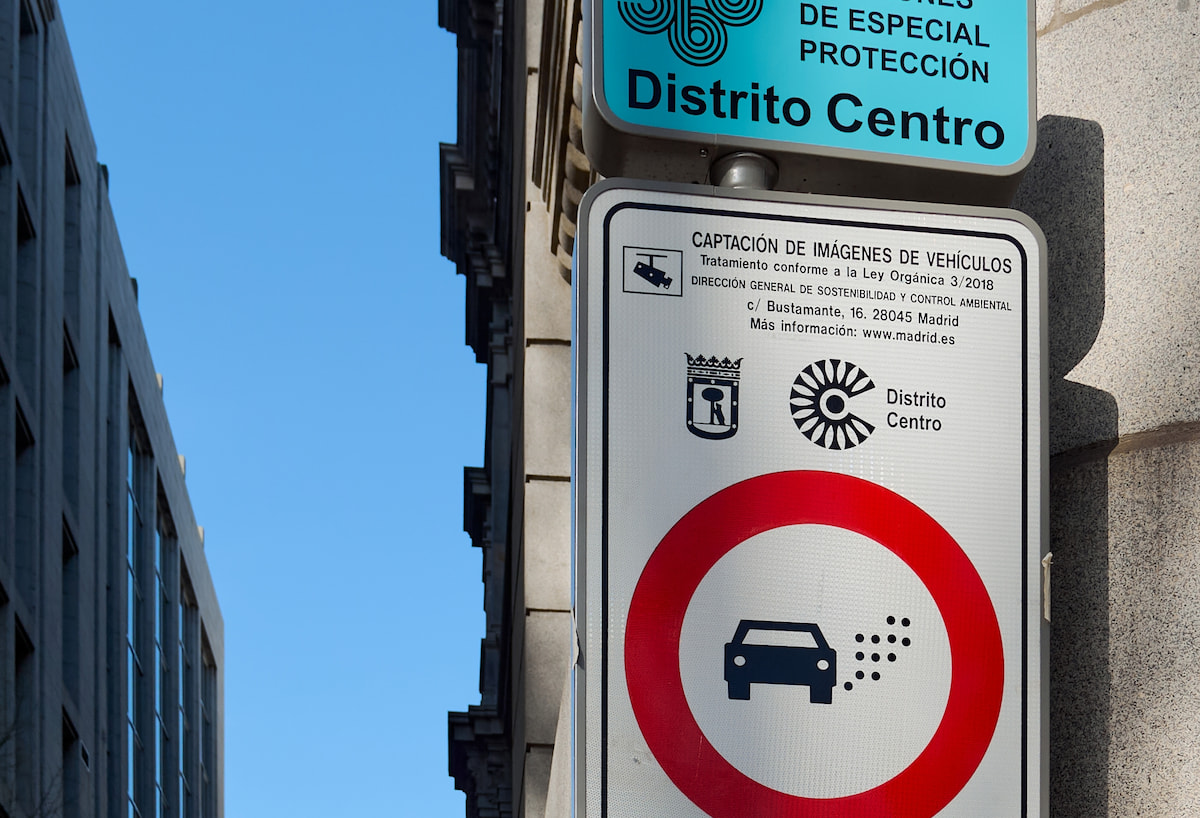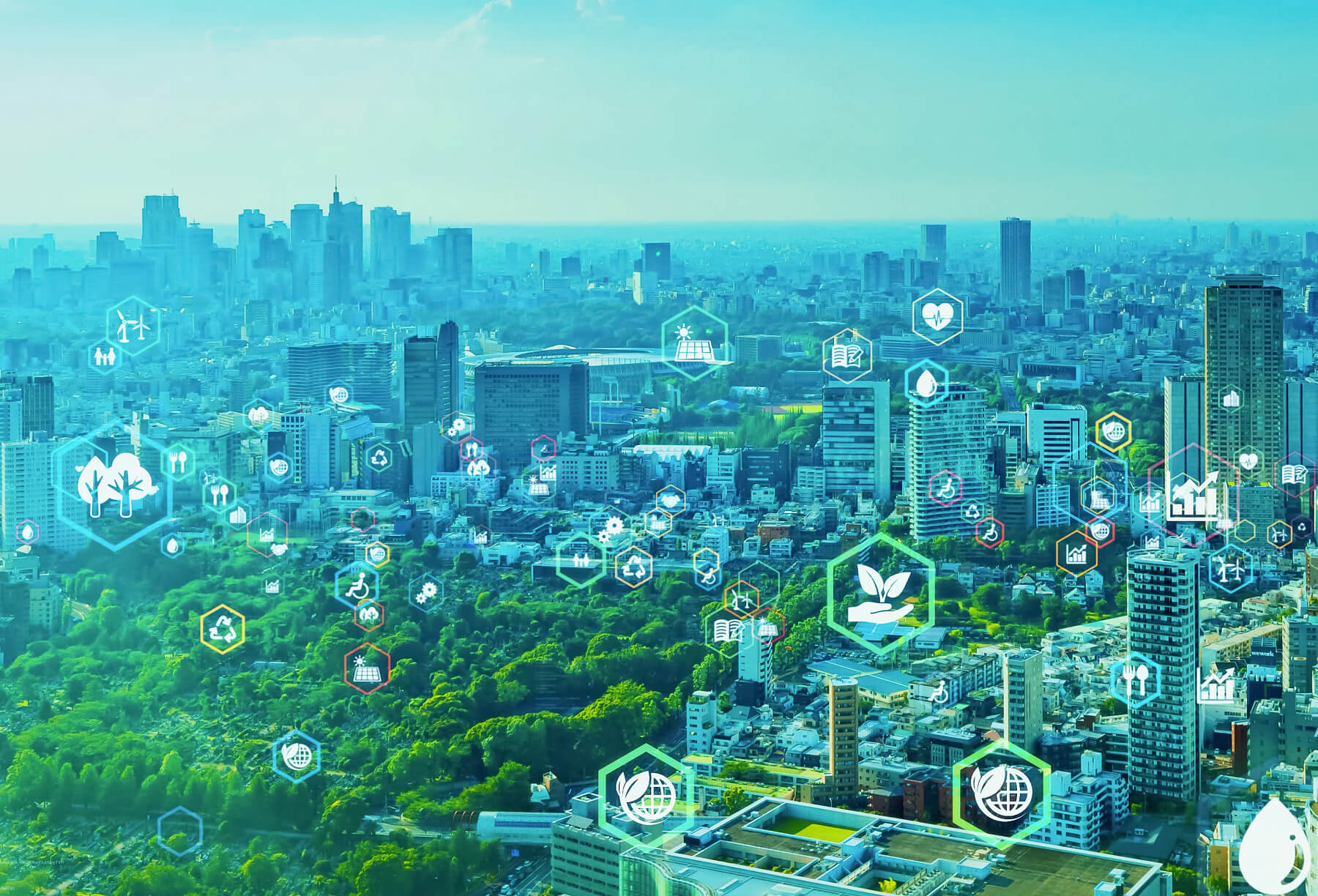As cities slowly evolve towards a ever more connected and sustainable future, the transportation solutions implemented and the way parking is managed have to change, too. Smart parking is a positive initiative in any urban ecosystem, since it makes the use of parking spots more efficient and improves the environmental, social, and economic sustainability of cities.
Smart parking systems are solutions that use state-of-the-art technologies to manage parking spots in order to optimize parking and improve user experience. By combining sensors, cameras, mobile apps, and data-analysis platforms, they are able to detect whether parking is free in real time and guide drivers to open spots.
Urban mobility challenges
Quick, steady population growth coupled with more private vehicles on the roads are a constant strain on urban infrastructures. Finding parking can be a real challenge that eats up drivers’ time, ratchets up traffic and pollution, and causes stress.
This problem is not limited to drivers but also extends to all city residents and the local economy. Traffic congestion boosts greenhouse gas emissions, increases noise levels, and lowers business productivity because of long commutes. Furthermore, the misuse of parking spots or failure to properly manage parking can overload the city’s infrastructures, leading drivers park where they are not supposed to, like on sidewalks, green spaces, or loading areas.
How smart parking contributes to urban sustainability
1. It lowers congestion and emissions
One of the biggest changes after smart parking systems are implemented is a drastic drop in traffic. Drivers spend less time looking for parking, so there are fewer vehicles on the road, which in turn lowers CO2 emissions and other pollutants. This improves cities’ air quality, benefits the environment, and lowers drivers’ spending on gas.
2. It optimizes urban space
Cities have limited parking infrastructures, and smart parking solutions can go a long way to ensure that the parking that does exist is more efficiently managed. Optimizing the use of public parking means that city planning can fit the true needs of both the city and its residents. Certain places can be set aside for other uses, like green spaces, pedestrian walks, and bicycle paths, which in turn lowers the need to build new infrastructures.
3. It helps promote sustainable mobility
Smart parking can help encourage more environmentally responsible transportation options, such as using public systems and active mobility. The outskirts of cities can be equipped with areas where drivers can easily park and reach the city center by subway, streetcar, bus, bicycle, or other alternatives. These areas can also provide ready access to electric vehicle charging stations.
4. It’s an incentive for the local economy
Smart parking systems improve user experience, so they have to potential to drive local economic development. The many benefits of these solutions can attract more visitors who patronize local businesses, thus boosting the city’s economy.
Success stories and real applications
Many cities around the world have already implemented smart parking systems, and their results speak for themselves.
1. Las Palmas de Gran Canaria (Spain)
Las Palmas de Gran Canaria decided to solve the traffic congestion that plagues it every summer when tourists flock there by implementing an autonomous magnetic sensor system in more than 6,000 parking spots using U-Spot NB-IoT technology. Drivers can now more easily reach different areas of the city because they are able to locate available parking in real time based on the information provided by the digital panels located at strategic points and the LPA-Park app.

Urban parking guidance
2. Perugia (Italy)
The city of Perugia has limited parking in its historic city center, so U-Spot DUO sensors were installed in the parking lots in the outlying areas and in those restricted solely to residents. These devices monitor parking occupancy in real time and send the data to panels installed at the entrance to the city center to help drivers make informed decisions.
3. Gliwice (Poland)
Gliwice, a city with a population of around 200,000, has a complex historic center, so the authorities sought to balance higher vehicle traffic with the needs of pedestrians and all residents. A U-Spot DUO system was implemented with 300 sensors in parking spots, along with variable panels guiding drivers to available parking.
Plus, an app was developed to make it easy to pay and extend parking via cellphone, without the need to physically go to the car. Charges vary with special events or peak times, which improves drivers’ experience by equipping them with complete information to avoid surprises.
Smart parking is a key factor in sustainable urban mobility. By harnessing advanced technologies, these solutions improve both parking management and quality of life for city residents and visitors by lowering pollutant gas emissions, optimizing urban infrastructures, and promoting sustainable mobility.
With Urbiotica’s smart solutions, cities can manage their resources more efficiently by implementing initiatives that take a more strategic approach to mobility while positioning themselves internationally as examples of sustainable development.

